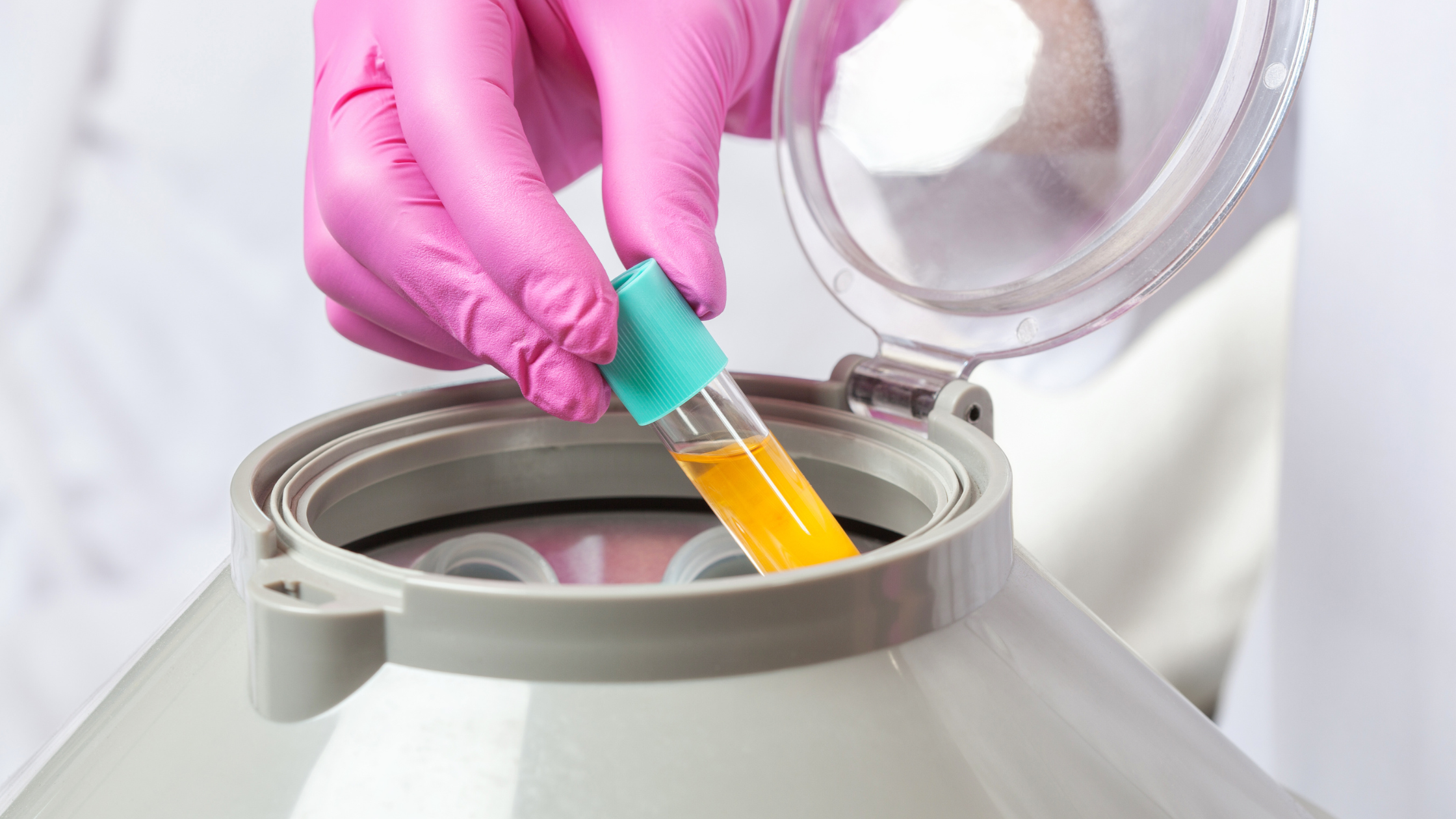
In recent years, research has proven that the body has the unique ability to heal itself. The body can regrow tissue and cells and repair damage to ligaments, muscles, and joints. Through the use of Platelet-Rich Plasma treatments, the body is given a chance to accelerate repair and heal quickly. The effectiveness of PRP is constantly improving thanks to scientific advances and improvements in technology.
What is Platelet-Rich Plasma?
Blood contains components like red and white cells and platelets. The liquid portion of blood is called plasma and is mostly made up of water and proteins. Its primary function is to help blood cells and platelets move throughout the body. Platelets are special blood cells that cause blood clots, but most importantly, contain growth factors which are crucial for healing injuries.
Platelet-Rich Plasma (PRP) is plasma with significantly more platelets than what is normally found in blood. In fact, the concentration of growth factors can be 5 to 10 times richer than usual.
What are PRP Injections?
Platelet-Rich Plasma injections are a concentrated solution of the patient’s own platelets. They use the patient’s individualized healing system to speed up the recovery of injured muscles, tendons, and joints.
How Do PRP Injections Work?
To prepare for PRP Injections, blood must first be drawn from the patient. The blood is then filtered to concentrate the platelets, using a machine called a centrifuge. This platelet-rich plasma is then injected directly to the affected area or diseased tissue. Growth factors are released and increase the amount of reparative cells the body produces.
Ultrasound imaging can sometimes be used to guide the injection.
There are two ways PRP Injections can be used:
- Platelet-rich plasma can be injected directly into the injured area. A mixture of PRP and a local anesthetic can be injected into inflamed tissue to help decrease pain, swelling, and accelerate healing. The injection site may be sore for a few days following the procedure and can take several weeks to feel the full effect of the injection.
- Platelet-rich plasma can be used after surgery to aid healing. An athlete with a torn ACL may require surgery to repair the ligament. Healing the ligament can be improved by using PRP during surgery. The PRP is prepared in a very specific way that allows it to be woven into the torn tissues.
Effectiveness of PRP & Conditions They Treat
Studies are constantly being conducted to measure the effectiveness of PRP injections. Results can vary, depending on the area being treated, the overall health of the patient, and the severity of the injury that is being treated.
Some conditions PRP is being used to treat are:
- Chronic Tendon Pain: PRP is very successful in treating tendon injuries such as tennis elbow and Achilles tendonitis.
- Muscle Injuries: Athletes have been using PRP therapies to treat muscle injuries such as a pulled hamstring.
- Surgery: As previously mentioned, PRP is being used in surgery to help heal scar tissue.
- Knee: PRP can be used to help heal the knee after surgeries like an ACL repair or joint replacement. It is also being used to treat osteoporosis in the knee.
There are other uses that are being researched and tested on an ongoing basis to help increase the effectiveness of PRP injections.
Contact the team at Precision Spine Care using the form below to learn more about this type of cell-based therapy for chronic pain.

